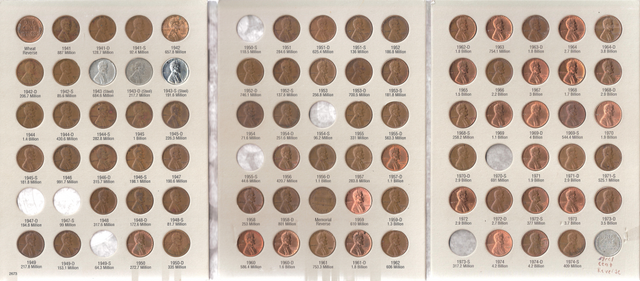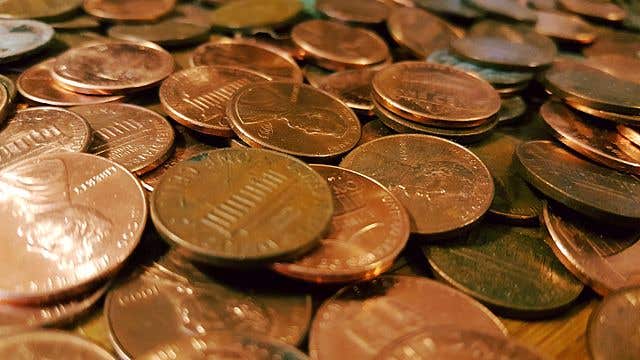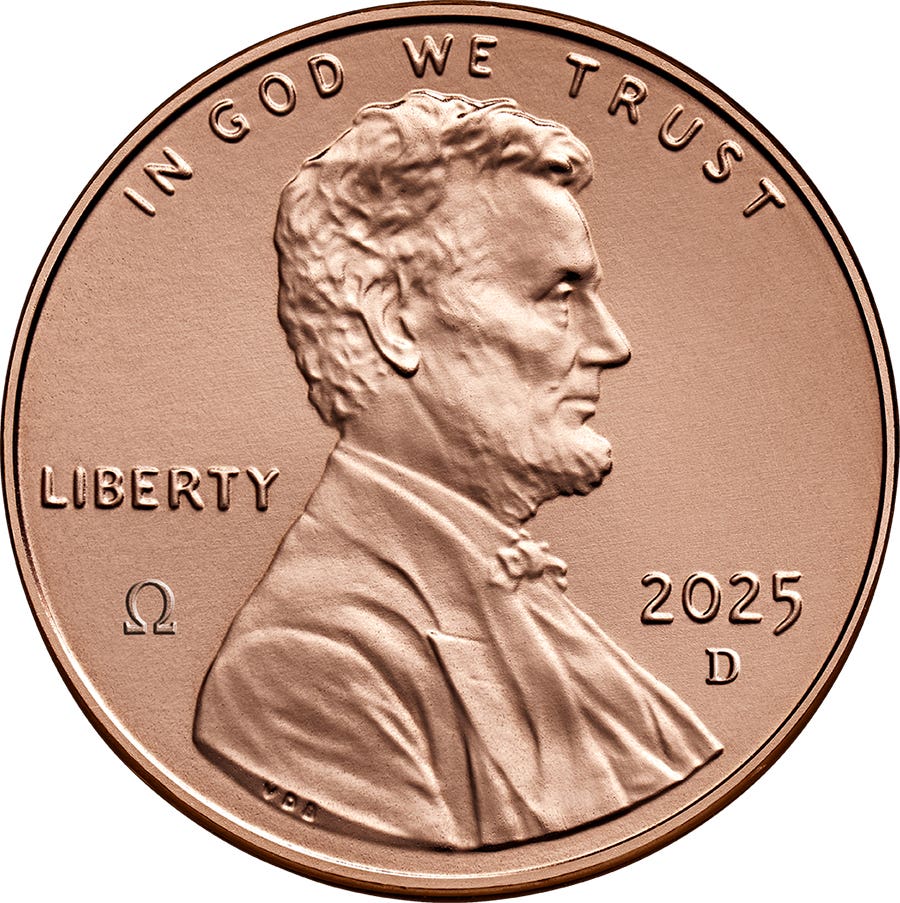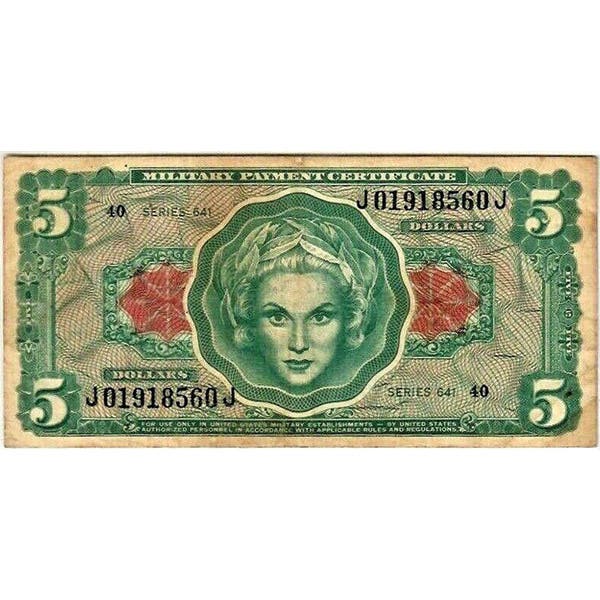The Downside of Precious Metals IRAs
It has been a while since I reviewed the aspects of using a precious metals Individual Retirement Account (IRA) as a means of acquiring gold, silver, platinum or palladium. In…
It has been a while since I reviewed the aspects of using a precious metals Individual Retirement Account (IRA) as a means of acquiring gold, silver, platinum or palladium. In recent weeks I have heard so many radio commercials from different vendors promoting the use of a precious metals IRA that it is time to again list reasons why most people would be better off purchasing the physical precious metals in their own name instead.
There are circumstances where the use of a precious metals IRA may be appropriate for some people. However, before taking this step, consider these points:
• The ownership of a precious metals IRA is reported annually to the IRS. One desirable feature of directly owning physical precious metals is maximum financial privacy, where your ownership of such items is not reported to the federal government. If you use a precious metals IRA, however, the trustee sends a form to the Internal Revenue Service at the end of each year to disclose your ownership of such an account.
• Another party has information on your financial affairs. Another aspect of financial privacy is having a minimum of paperwork in the possession of third parties. It is often possible to purchase small quantities of precious metals in person from a coin and precious metals dealership (depending on their anti-money laundering compliance program limitations) without your name, address or other identifying information being recorded by the seller. Any third party that holds your financial information could potentially have their computer system hacked and put you at risk of identity theft.
• Potentially significant annual fees. To properly establish a precious metals IRA, the investor must hire and pay an outside trustee and also pay a depository for storage fees. If owned directly by the investor, there is no need to pay for a trustee and there may be no need to pay storage costs. Since the combined annual fees start at more than $100 and can run up from there, that can represent a significant cost as a percentage of a smaller account.
• Additional fees for transactions. Just about every trust and depository charges fees to send checks, conduct transactions or to ship assets for investors. Since precious metals IRA transactions also involve extra paperwork and a longer time where a dealer’s funds are tied up, there are some coin and precious metals dealers who charge a higher price to sell assets to a precious metals IRA than if the investor purchased it direct for their own possession.
• Investors are prohibited from having direct custody of the assets owned by their precious metals IRA. Some companies tried to market so-called “checkbook precious metals IRAs” where the investor established a limited liability company (LLC) in an IRA that then bought the precious metals that the investor could have in their custody. Several years ago, the IRS issued a ruling that such arrangements violated the substance of tax law and were prohibited. Last year, a couple was penalized several hundred-thousand dollars for such an arrangement involving about $700,000 worth of precious metals. To stay legal, assets held by a precious metals IRA are stored in a precious metals depository, of which there are relatively few across the country. Very few investors live close enough to one of these depositories to where they could gain quick access in an emergency. In contrast, precious metals held in the direct custody of the investor or in a nearby safe deposit box in the investor’s name don’t have this complication.
• Limited product selection. There are hundreds of choices of bullion-priced precious metals that an investor can acquire for their direct ownership. Unfortunately, a precious metals IRA is only allowed to acquire precious metals rounds and ingots that meet the minimum purity of a commodity contract, coins that also meet the minimum purity of a commodity contract for that metal, or U.S. gold American Eagles. Often an investor can make a direct purchase of lower-premium forms that are prohibited from being held in a precious metals IRA. For gold, prohibited products include U.S. American Arts Medallions and classic bullion-priced gold issues such as Austrian, British, Dutch, French, German, Italian, Russian and U.S. coins. In silver, U.S. 90 percent and 40 percent silver coins are not eligible to be held by a precious metals IRA.
• Investors have limited recourse if there is a problem with the purchases made for a precious metals IRA. In 1996, an investor purchased 20,000 1996-dated silver Eagle dollars for his precious metals IRA. It turned out that 1996 was the low mintage year for the series, with these coins since carrying a significant collector premium. However, this investor used unallocated storage at the depository in order to pay lower fees. As a result, the depository commingled these coins with silver Eagles of other years that were purchased by other investors. Years later when he wanted to sell his 1996 silver Eagle dollars at a high price, he found out that his coins had been commingled with other sealed boxes of silver Eagles. The specific coins he had purchased were long gone. Instead, the depository shipped silver Eagles of a different year that did not carry any numismatic premium. Had this investor held this purchase personally, he could have benefitted by being able to sell the 1996-dated coins. Another potential problem is that depositories do not accept responsibility if they erroneously accept counterfeit items into a precious metals IRA account. In one instance, the dealer who sold an investor sealed boxes of silver Eagle dollars for his precious metals IRA shipped sealed boxes of the correct weight but did not contain the silver coins. Staff at the depository quickly checked that the seal looked correct and put the fakes into the vault. The problem was discovered years later when the investor sold the coins and had them shipped to a dealer who bought them. The depository said it was not their responsibility to open sealed boxes of such coins to verify the contents. Unfortunately, since an investor cannot have custody of items purchased for a precious metals IRA, he or she has no way to check for authenticity and accuracy.
• Potential problems of using unallocated storage for a precious metals IRA. Beyond the authenticity issues, there are also other financial risks in using the less expensive unallocated storage of assets in a precious metals IRA. Items in unallocated storage are legally assets of the depository, which make such assets subject to third-party claims against the depository. Segregated storage, which costs more, means that the exact assets received by the depository are still owned by the account holder and are stored separate from all other assets at the depository.
• IRAs are a tax-deferral account better suited for holding assets generating periodic income instead of owning tax-deferred assets. An investor who may have a given amount to put into an IRA and an equal amount held personally would be more advantageous for tax purposes to put interest- and dividend-paying assets into the IRA and keep the tax-deferred precious metals (where there are no income taxes due until they are sold) in their personal accounts. It doesn’t really make sense to put tax-deferred assets into a tax-deferred account, then pay fees for the privilege of doing so.
For maximum privacy, minimum fees, greater flexibility and product choice, and better protection against not receiving, owning and holding fake assets, and to maximize tax benefits, most people are better off holding their precious metals coins and ingots directly rather than using a precious metals IRA to do so.
One possible scenario where an investor might consider using a precious metals IRA is a circumstance where the only assets available to invest are already in a retirement account. However, investors considering the use of a precious metals IRA should remember that it is prudent to diversify one’s investments. For most people, only a small percentage of their net worth or investment portfolio would be appropriately allocated to owning precious metals.
If someone is performing their due diligence in selecting which coin and precious metals dealership to use for buying and selling through a precious metals IRA, I have two suggestions. First is to comparison shop. In my experience over the years, I am familiar that some companies that only seem to want customers using a precious metals IRA do not offer competitive buy and sell prices. My company has made multiple purchases of assets out of a precious metals IRA where the company that sold them to the investor did not make a competitive bid to repurchase them. Second, you probably would be better off using a coin and precious metals dealer that is willing to serve you on any basis, with a precious metals IRA or otherwise. Companies that are totally focused on promoting precious metals IRA too often seem to be looking out for their own self-interest instead of advising potential customers on what would be best for the customer.
There are many positive reasons to consider owning precious metals in coin or ingot form. Using a precious metals IRA to do so is not automatically the best way.
Patrick A. Heller was honored as a 2019 FUN Numismatic Ambassador. He is also the recipient of the American Numismatic Association 2018 Glenn Smedley Memorial Service Award, 2017 Exemplary Service Award, 2012 Harry Forman National Dealer of the Year Award and 2008 Presidential Award. Over the years, he has also been honored by the Numismatic Literary Guild (including twice in 2020), Professional Numismatists Guild, Industry Council for Tangible Assets and the Michigan State Numismatic Society. He is the communications officer of Liberty Coin Service in Lansing, Mich., and writes Liberty’s Outlook, a monthly newsletter on rare coins and precious metals subjects. Past newsletter issues can be viewed at www.libertycoinservice.com. Some of his radio commentaries titled “Things You ‘Know’ That Just Aren’t So, And Important News You Need To Know” can be heard at 8:45 a.m. Wednesday and Friday mornings on 1320-AM WILS in Lansing (which streams live and becomes part of the audio archives posted at www.1320wils.com).









